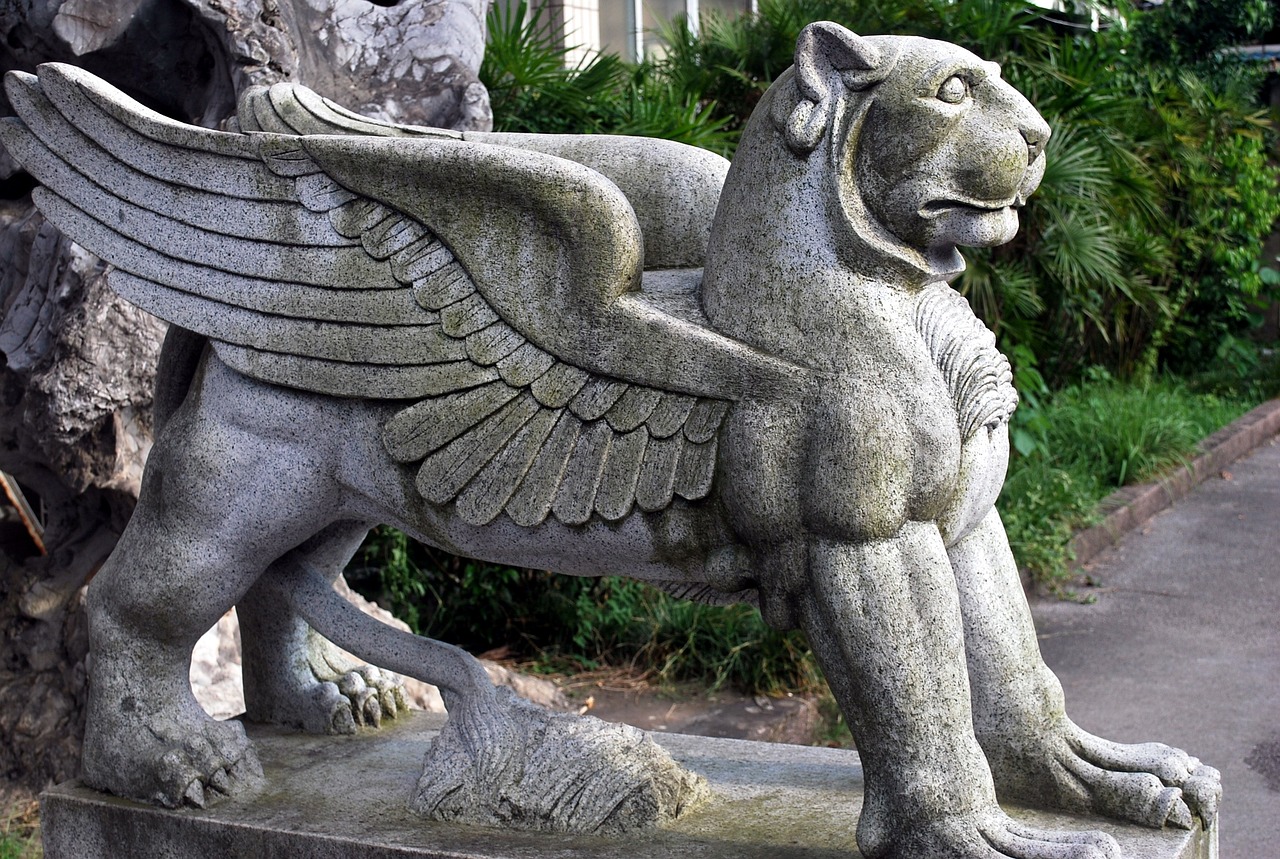Norse mythology embodies the ancient beliefs, narratives, and customs of the Scandinavian people, particularly those who settled in Iceland, where many of these stories were documented. It represents a significant variant of the earlier communal Germanic mythology and shares similarities with Anglo-Saxon beliefs. The origins of these myths can be linked back to an even earlier Indo-European spiritual system.
Overview
Norse mythology is not classified as a revealed religion, void of divine truths or scriptures. Instead, it encompassed a collection of stories and belief systems passed down through oral traditions, primarily characterized by lengthy poetic forms. This practice continued throughout the Viking Age, with most of our knowledge stemming from the Eddas and various medieval writings that were transcribed during and after the transition to Christianity. Scandinavian folklore has retained many elements of this mythology, with some traditions persisting into the present and others being revived through modern Neopagan practices.
Sources
Although a large portion of Norse mythology has been lost through time, certain aspects have been preserved by Christian scholars, especially in texts like the Eddas and Snorri Sturluson’s Heimskringla, which portrays pre-Christian deities as historical figures rather than evil entities. The Younger Edda, completed in the early 13th century, serves as a guide for poets and offers a systematic and coherent understanding of the Norse gods’ narratives. The Poetic Edda, compiled around 50 years later, contains numerous poems detailing the exploits of deities and hero figures.
Additionally, remnants of this mythology appear in Scandinavian folklore and can be compared with similar legends found in other Germanic traditions. Evidence can also be found in runestones and image stones, which illustrate significant mythological events, such as Thor’s adventures or the tales of Odin.
Cosmology
In the Norse worldview, the earth is depicted as a flat disc encircled by the world tree, Yggdrasil. Asgard, the domain of the gods, resides at its center, accessible via the rainbow bridge, Bifröst. The giants, or Jötnar, inhabit a realm called Jötunheimr, while Niflheim, ruled by Hel, is the cold abode for the dead. Conversely, Muspell is a fiery land housing fire giants, and other realms such as Álfheim and Svartálfaheim are home to light and dark elves, respectively. The contrasting elements often represent a duality, exemplified by the opposing concepts of night and day, chaos and order, and life and death.
Supernatural Beings
Norse deity classifications include the Æsir, Vanir, and the Jötnar, with the former two clans historically engaged in conflict yet ultimately reconciling. Although giants are often depicted as adversarial forces, they serve as embodiments of natural powers, existing alongside entities like elves and dwarfs. Lesser-known figures, like the wolves Fenrir and Jörmungandr, illustrate the variety of supernatural beings. Unlike the good-evil dichotomy of some religious systems, Norse mythology emphasizes a struggle between order, embodied by the gods, and chaos, illustrated by the giants.
Völuspá: Creation and Destruction
The Völuspá, a pivotal poem in the Poetic Edda, captures the essence of Norse cosmology, detailing both creation and destruction. It describes an encounter between Odin and a deceased Völva who unveils the secrets of the universe, illustrating a prophecy that hints at Ragnarök, a cataclysmic battle that leads to the gods’ downfall. The verses traverse themes of fate and destiny, culminating in a bleak portrayal of the world’s fate.
The End Times
Eschatological beliefs in Norse mythology suggest an inevitable confrontation between the forces of good and evil during Ragnarök. Anticipated outcomes include the triumph of chaos, with revered figures such as Odin meeting a tragic end. Nevertheless, the narrative holds a glimmer of hope, hinting at the survival of certain beings who will regenerate the world anew.
Kings and Heroes
The mythic literature provides accounts of legendary heroes and rulers who embody valor and cultural identity. Characters like Sigurd, Ragnar Lodbrok, and the shieldmaidens symbolize not just individual greatness but also the ideals of Norse society. Through these tales, the lore performs a significant role in affirming community values and heritage.
Norse Worship
The ancient worship practices of the Germanic tribes showcased a preference for natural shrines rather than structured temples. Blót, a ritual involving sacrificial offerings, was common, often conducted in sacred sites or familial altars. Despite the presence of priestly figures, many practices reflected a shamanistic tradition, particularly through the Völvas, often women who held significant religious authority.
Interactions with Christianity
The interpretations of Norse mythology have been largely influenced by later Christian narratives, often resulting in depictions of the ancient gods as morally ambiguous figures. Despite efforts to extinguish pagan beliefs, remnants of these ancient systems persisted, evident in modern traditions and language, particularly in the nomenclature of days of the week and various cultural folklore.
Modern Influences
Norse mythology continues to leave its mark on contemporary culture, inspiring artistic works, literature, and even modern Neopagan movements such as Ásatrú. Today, the themes, characters, and narratives still resonate within popular media, reflecting an enduring fascination with these ancient tales.
In conclusion, Norse mythology offers a rich tapestry of beliefs, stories, and cultural practices that not only shaped a civilization but continue to inspire us today.



